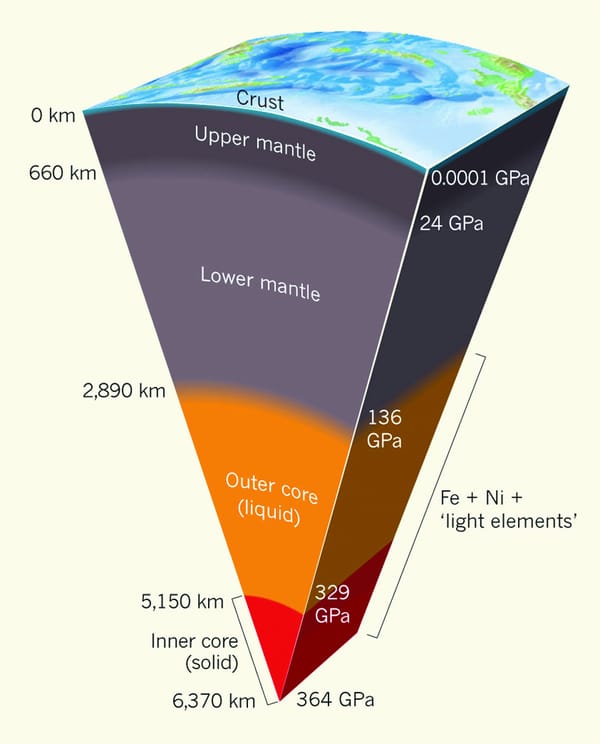How sharks swim faster than you
Non-symmetrical tails leads on to speedy swimming
Scientists have discovered how sharks are able to swim faster than most other fish. Making use of an advanced imaging technique, they were able to examine how sharks swing and stiffen their tails to swim more efficiently.
Sharks, like all fish, wag their tails to propel forward. However, sharks, unlike most fish, have tails that are not horizontally symmetrical. Instead, the top of a shark’s tail protrudes further back than the bottom, giving the shark a lift while swimming. Sharks do not have natural buoyancy and sink when they stop moving, so the lift generated by their tails’ shape is indispensable in helping them stay at constant depth. In 2005, Harvard biomechanist Brooke Flammang discovered a muscle in sharks’ tails that activated at various times during the tail’s stroke cycle. A new study, published recently in the Proceedings of the Royal Society B, observed the tail’s movement in close detail to examine the muscle function.
To detect the finer details of tail movement, researchers scatter small particles in the water. Lasers are shone on the particles, which can then be detected by high-speed cameras that capture the reflected light. The tail pulls the particles along as it swings, and so the tail’s motion can be reconstructed by tracking the particles. This technique had, up until now, been two-dimensional. The particles’ movement was tracked in the horizontal and the vertical directions only, and movement perpendicular to those was only estimated. However, Flammang wanted to directly detect movement along depth as well, and so added a third camera. This method, known as volumetric imaging, had been used only by engineers to study water flow. Biomechanist Frank Fish of West Chester University notes that its use constitutes an entirely novel approach in biology.
Flammang and her team put two spiny dogfish and two chain dogfish in a water tank with a constant water flow so that the sharks could swim in place, along with a robotic shark tail. The current understanding is that, as fishes’ tails swing, they send the water to one side, and then push it away, abruptly changing its direction and thus causing vortices. Most fish cause a single water ‘ring’ to propel backwards at the end of their tail’s stroke, and sharks were thought to produce two rings because of their asymmetric tail. As expected, the robotic tail created two rings of different size.
Sharks, unlike most fish, have tails that are not horizontally symmetric.
However, the group reported that real sharks’ tails produce the larger, second ring as they reach the shark’s midline, contradicting the currently accepted model. A set of dual-linked vortex rings are produced each half-stroke, which, as Flammang states, is greatly advantageous since the shark “has added thrust mid-swing”. She believes that the muscle she had previously discovered is used to stiffen the tail mid-swing, changing its shape and even possibly its texture, to facilitate the creation of the second ring.
MIT ocean engineer Michael Triantafyllou observes that the discovery has the potential to be applied to the better design of underwater vehicles. While he warns that it might be cumbersome to design shape-shifting components, Flammang expresses her desire to build “a fully functioning shark tail model” that can change its stiffness.







